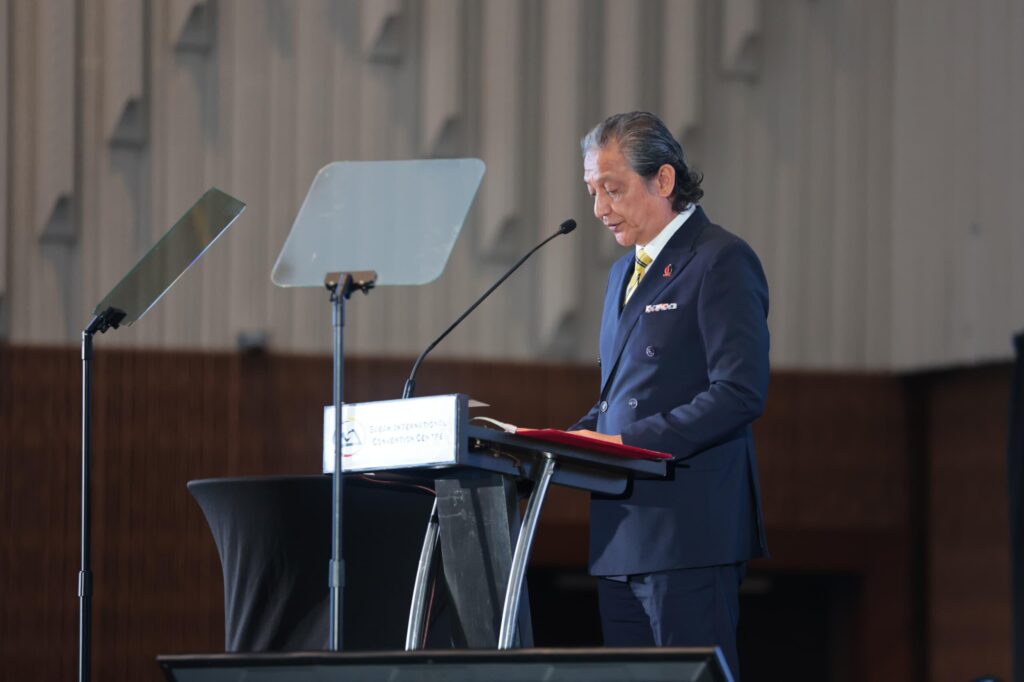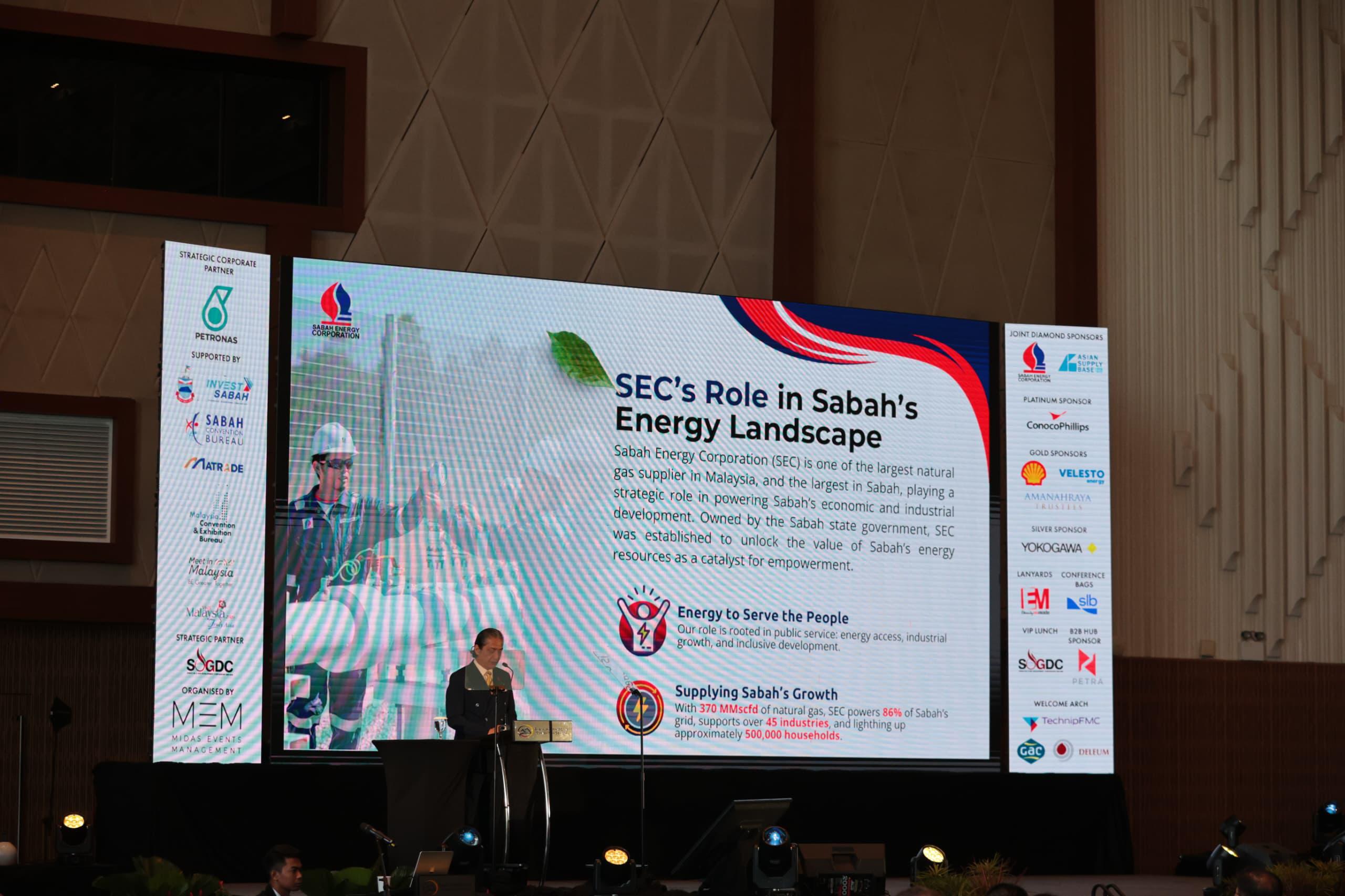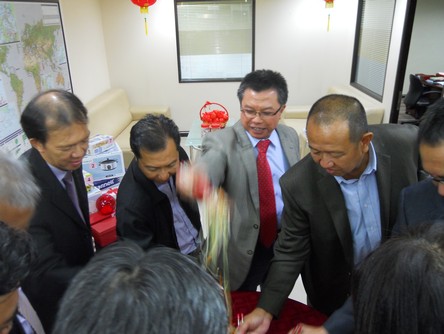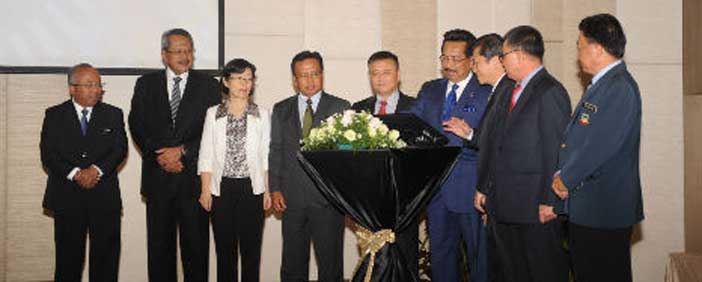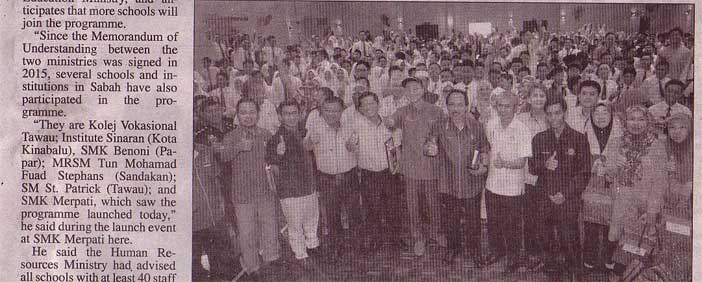KOTA KINABALU, 4 July – At the 2025 Sabah Oil & Gas Conference and Exhibition (SOGCE), YB Datuk Annuar Ayub, Chairman of Sabah Energy Corporation (SEC), delivered a Special Address that outlined a strategic, data-driven, and community-rooted roadmap for Sabah’s energy future. Also in attendance, Datuk Adzmir Abd Rahman, the Chief Executive Officer of SEC.
As the state’s primary natural gas supplier, SEC currently powers 86% of Sabah’s electricity demand, serving not only residential consumers but also fuelling the region’s industrial growth. YB Datuk Annuar highlighted the role of natural gas as a critical enabler of a just energy transition, bridging current needs with long-term sustainability goals.
He announced that revenues from SEC’s gas operations are now being reinvested into large-scale renewable energy initiatives, marking a pivotal shift in the state’s energy landscape. These include:
- A 15MW solar power facility in Tuaran
- A 187.5 MW hydroelectric project in Ulu Padas, Tenom
- A pioneering 100MW wind farm in Kudat (Phase 1), poised to become Malaysia’s first
“These projects signal more than just infrastructure growth, they reflect our commitment to ensuring that development delivers real environmental and social returns,” said YB Datuk Annuar.
This vision is further reinforced by SEC’s Skill Enhancement Career Advancement (SECA) programme, a corporate social responsibility initiative designed to uplift underprivileged Sabahan youth. Through hands-on training and industry exposure, SECA aims to build inclusive, future-ready human capital.
Environmental responsibility was another central theme of the address. YB Datuk Annuar reaffirmed SEC’s long-term conservation efforts in the Tabin Wildlife Reserve, where initiatives such as orangutan rewilding and forest connectivity restoration are being actively pursued.
He concluded by stressing the importance of a localised approach to energy transition, one that is equitable, collaborative, and tailored to the unique socio-economic and environmental realities of Sabah.
“Sabah’s energy path cannot be copied from elsewhere, it must be built from within,” he said. “By staying grounded in our local context, we can craft an energy future that benefits all.”
